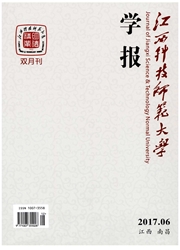

 中文摘要:
中文摘要:
不同来源的语言成分叠置的现象不仅见于语音、词汇系统,也发生于语法系统。零陵话的否定副词“很”的语法功能、句法分布与“不”有相同之处,但“不”出现的条件比“很”更宽松。通过与周边方言及少数民族语言比较,联系本地历史背景和相关语言现象,可以推定零陵话的否定副词“很”是从勉瑶语的否定词[n]音变而来。汉语方言的形成是“横向传递”的结果,因此解释方言现象不能拘泥于某一方言内部,而要从相邻的语言中寻找答案。
 英文摘要:
英文摘要:
superposition is a common phenomenon in language. It can happen not only in phonetic and vocabulary systems, but also occur in the grammar system. A similar grammatical function, syntactic distribution can be observed between Negative adverbs (很) and (不)in Lingling dialect, but they have significant difference t. By comparison with the surrounding dialects and minority languages and study of the local historical background and relevant linguistic phenomenon, the negative adverb may be presumed from the dialect of Mianyao. The formation of Chinese dialects is the result of horizontal transmission. Therefore, when trying to find the reasons of language change, we can not rigidly adhere to certain dialects, and we should try to find the answer from adjacent languages.
 同期刊论文项目
同期刊论文项目
 同项目期刊论文
同项目期刊论文
 期刊信息
期刊信息
